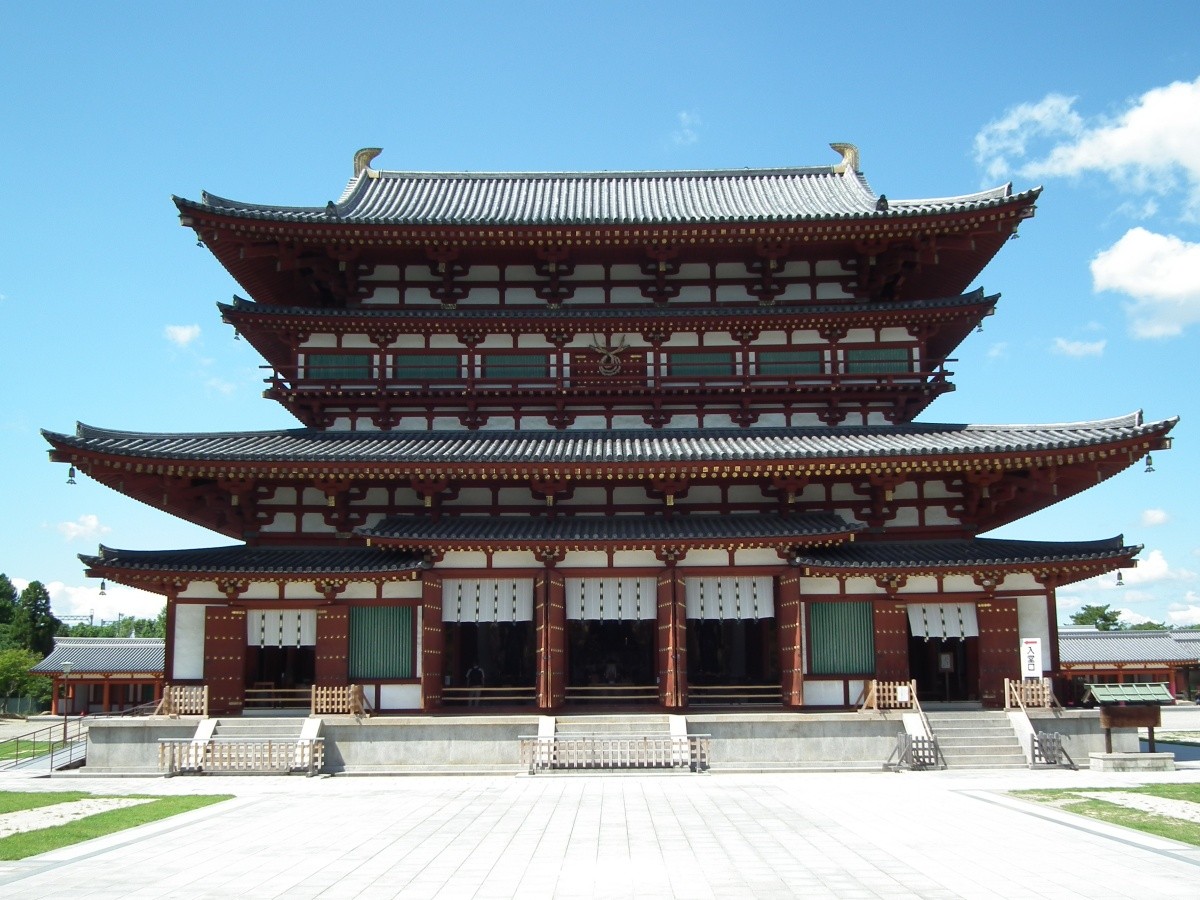
Yakushi-ji Temple is in the western Nishi-no-kyo area of Heijo-kyo (modern-day Nara). The main symbol of the temple are the pagodas to the east and west, which make Yakushi-ji Temple the first example of a temple with two pagodas in Japan. Also a must-see are the "Yakushi Triad" statues, which are so smooth and shiny black that it's hard to believe they're made of bronze.
About Yakushi-ji Temple
Yakushi-ji Temple was commissioned by the Emperor Tenmu in the 7th century, to pray for the recovery from illness of his Empress. Originally, it was built in the Asuka capital (current-day Asuka Village in Takaichi-gun, Nara Prefecture), but it was moved to the new capital of Heijo-kyo. Afterwards, it was hit several times by disasters, both man-made and natural, and now the only original structure remaining is the Eastern Pagoda, but through the Showa and Heisei periods, it has been rebuilt to how it was when it was first constructed. Because of this, the colors in the temple are bright and vibrant.
Yakushi-ji Temple is also famous for its handwritten sutras. All of the reconstruction costs for the temple came from the sales of these sutras.
The highlights of Yakushi-ji Temple

The main highlight is the statues of the "Yakushi Triad", the principal deity of the temple, in the main hall of the temple. The Yakushi Buddha, or Medicine Buddha, is in the middle, with the Nikko Bodhisattva to the right, and the Gekko Bodhisattva to the left. They were originally a gold color, but due to moisture and fire, they have turned a deep black. The black statues are so smooth and well-made, that it is difficult to believe that they are made of bronze. The beautiful curved poses of the Nikko and Gekko Bodhisattvas, with their hips, cocked to the side, is also quite admired.
The second thing to see is the Eastern Pagoda, which remains intact since the temple was built. It looks as though it has 6 stories, but in fact, is only 3 stories high. There are small roof structures called "Mokoshi" in the space between the levels, and the alternation between the small and large roofs give the building a rhythm that is beautiful, and the pagoda was called "frozen music" by American East Asian art historian Fenollosa. The Yakushi Triad and the Eastern Pagoda are both registered as National Treasures.
Other things to see include the vibrant and colorful Western Pagoda, which was rebuilt in 1981, the "Jikido", which is the hall built for the monks to eat in, and the "Genjo-Sanzoin Garan", which is dedicated to the famous Chinese monk, Genjo-Sanzo.
Access to Yakushi-ji Temple

35 minutes by train from Kintetsu Kyoto Station towards Yamato Nishidai-ji, get off at Nishinokyo Station. Between 10:00 - 16:00, only the Limited Express and Express trains stop at Nishinokyo Station. From Kintetsu Nishinokyo Station North Exit, the Yoraku-mon Gate is the closest, at only about a 1 minute walk, but if it's your first time visiting, we recommend going in through the main Minami-mon Gate. To get from Nishinokyo Station to the Minami-mon Gate, walk south down the street to the west of the tracks, turn left just before the river and go straight. After going through the gate, the Chu-mon Gate, Main Hall, and Lecture Hall are all spread out before you, and you can see both the Western and Eastern Pagodas rising above them.
Spot Information
- Spot name:Yakushi-ji Temple
- Address: 457, Nishinokyo-cho, Nara-shi, Nara-ken, 630-8563
- Access: Get off at Nishinokyo Station
- Language:English pamphlets is available
- Ticket:1,100 yen (Normal ticket: can visit the Hakuho Garan and the Genjo-Sanzoin Garan), 1,600 yen (Combination ticket: includes the normal ticket and entry to the Western Pagoda and the Jikido Hall)
- Business Hours: 8:30 - 17:00 (last entry 16:30)
- Holidays: Open year-round
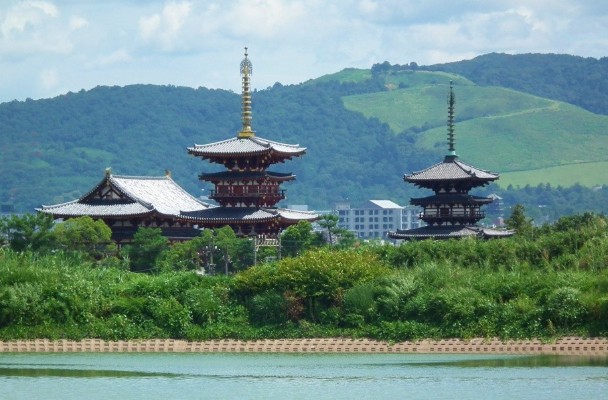
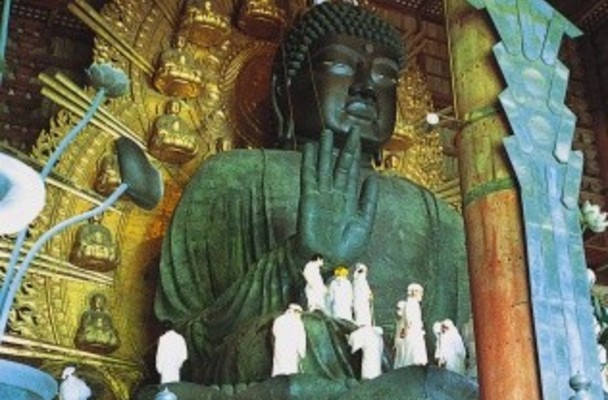
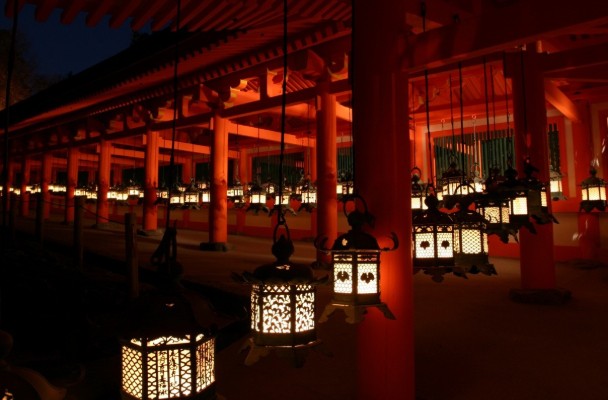
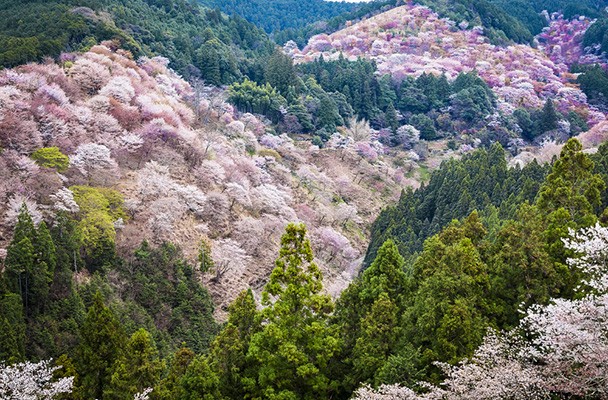
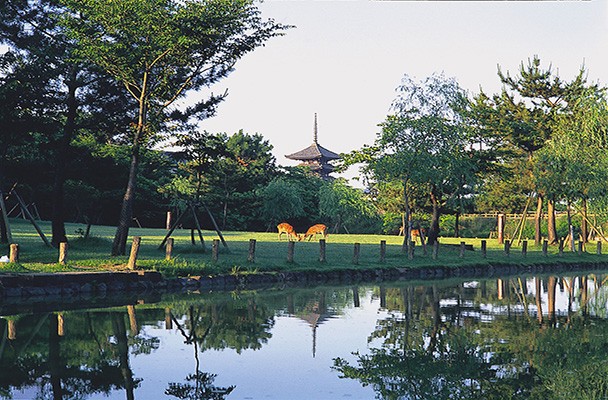
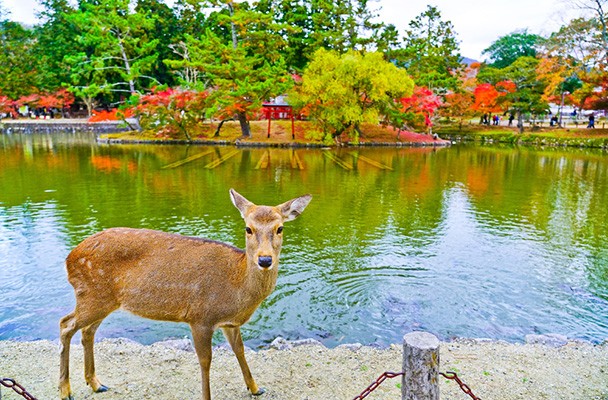
Comments